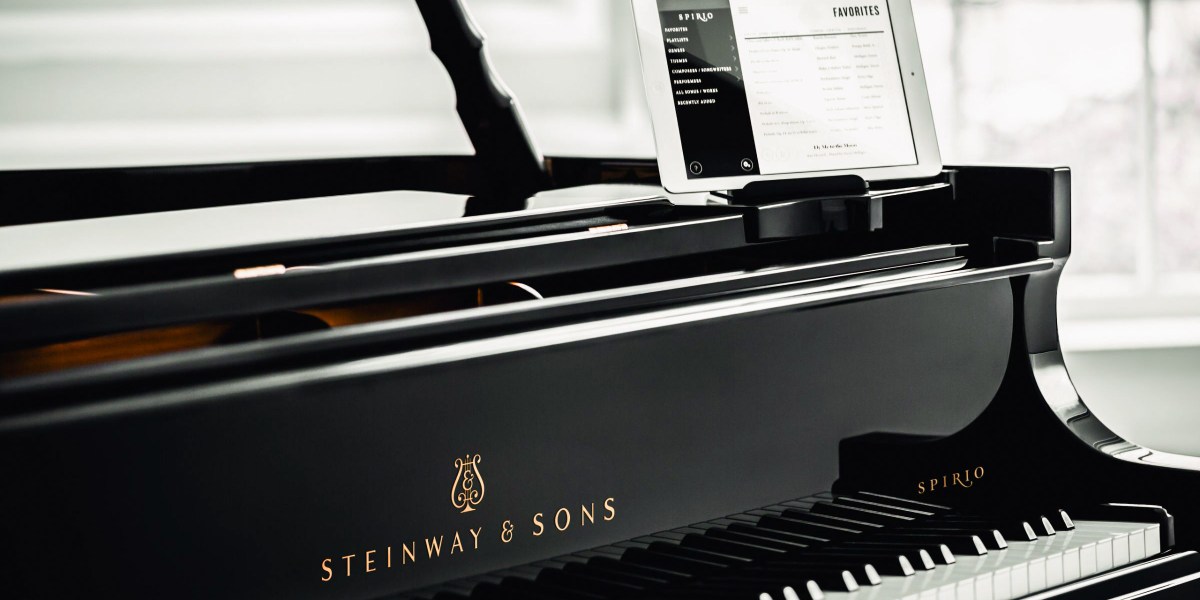
Roughly half of all new Steinways sold last year included Spirio technology, which adds between $29,000 and $48,000 to what is already a $150,000 instrument. The most recent addition to the line is the Spirio | r, which has recording, editing, and playback technology. A pianist who’s learning a new piece can play it, record the effort, and then essentially watch the piano play it back—making it possible to pick up on nuances in timing and tone that might be harder to discern from an audio recording alone.
The Spirio, which launched in 2015, added an entirely new set of engineering challenges to what was already one of the most deliberately constructed instruments in history. Before it came to market, Steinway had to ensure that the Spirio tech was, as Elisha puts it, “non-parasitic.” In other words, adding pressure sensors and anything else that could cause friction between the musician and the instrument was verboten; altering the feel in any way would destroy what makes a Steinway a Steinway.
Instead, performances are recorded by dozens of gray-scale optical sensors mounted behind the keyboard that calculate the velocity at which hammers strike the piano wires whenever any of the piano’s 88 keys is pressed. (The sensors have 1,020 levels of sensitivity and can take 800 measurements per second.) A different set of sensors underneath the piano measures the pedal-guided dampers; playback of both the keys and the pedals is controlled by solenoid plungers.
Each Spirio comes with a dedicated iPad; with a couple of swipes, Spirio | r users can edit their performances in an almost infinite number of ways. Everything from individual notes to entire chords can be erased or transposed, elongated or shortened, made louder or softer—if you can imagine it, you can hear what it will sound like as it’s played back to you.
But it’s the constantly updated Spirio library, which currently includes more than 4,000 recordings and more than 100 videos, that really makes this an instrument like no other. The vast majority of these performances are captured live, but Steinway also employs musicologists who re-create archival recordings. (Programming a single minute of archival music typically takes between 40 and 60 hours.) Thelonious Monk died when I was nine years old—but thanks to Spirio, I could close my eyes and hear what it would have sounded like if I’d been standing in the room with him when he played the eponymous tune “Thelonious” in a Paris television studio before I was born. It felt like magic.
Seth Mnookin is a former music critic and the director of MIT’s master’s program in science journalism.
